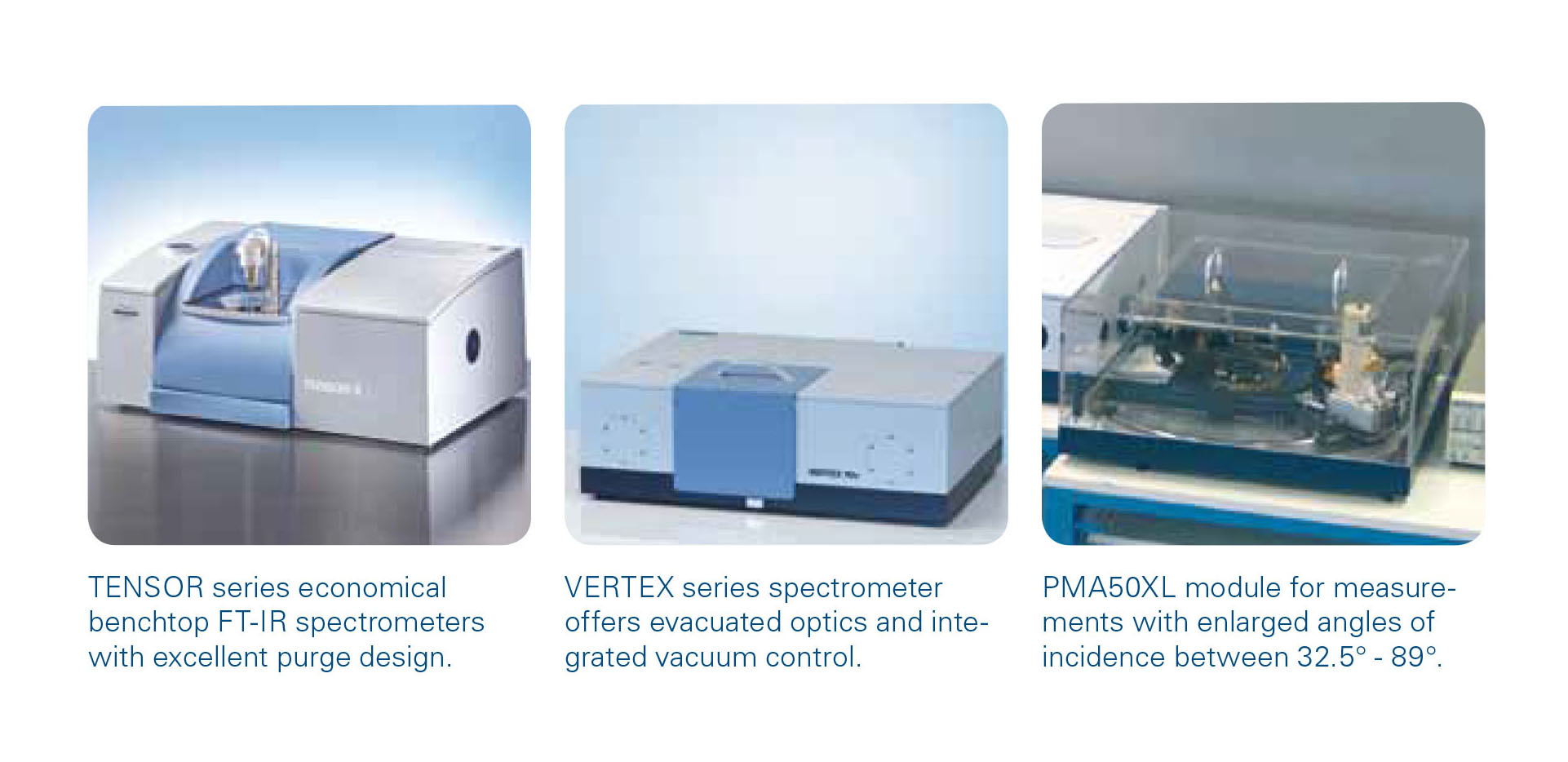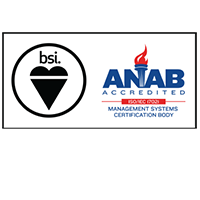Knowledge
Surface Science Infrared Reflection Absorption Spectroscopy

- Video Caption: What mixed equal parts
- Video Duration: 01 : 36
Infrared Reflection Absorption Spectroscopy (IRRAS) is a widely used technique to examine chemical structure, conformation, and orientation.
- Monolayers on metal and glass surfaces
- Air/water interface
- Catalytic material analysis
- Electrochemistry
- Corrosion studies
- Thin dielectric layers in the semiconductor industry
- Surface reactions in situ in UHV chambers
- Biological surface structures
Typical IR absorbances of a monolayer in an IRRAS experiment are about 10-3 - 10-4 absorbance units (AU). Detection of such small absorbances calls for an FT-IR that can provide high signal-to-noise ratios in a short acquisition time.
Since atmospheric water vapor absorbs in the mid-infrared, it can interfere with the measurement of very small sample absorption peaks. To achieve the be t results, the FT-IR must be capable of keeping the water vapor interference to a minimum. The additional important requirements for FT-IR for surface science include a high dynamic analog digital converter (ADC) range and a low baseline drift
Bruker offers three products to meet all these requirements:
- TENSOR series: An economical benchtop FT-IR spectrometer with excellent purge design
- VERTEX series: Purge and vacuum FT-IR spectrometer
- PMA 50: Polarization-modulation accessory for the TENSOR & VERTEX series FT-IR spectrometers

TENSOR & VERTEX Purge Systems
- Outstanding signal-to-noise ratio
- Sealed and purged design
- Highest stability by permanently aligned RockSolid interferometer
- Proprietary ultra-low noise electronics technology
The TENSOR and VERTEX series combine the ultimate performance and flexibility with an intuitive and easy to operate interface. With the DigiTectTM technology and standard room temperature operated DLaTGS detector, a peak-to-peak signal-to-noise ratio of better than 11000:1 in 5 sec at a spectral resolution of 4 cm-1 is achievable. 50000:1 in 1 min have been demonstrated. The permanently aligned, high throughput RockSolidTM interferometer ensures stability and 10 years guaranteed durability.
VERTEX Vacuum Systems
- VERTEX70v and 80v with evacuated optics for superior performance
- Integrated vacuum control includes flaps for automated sample chamber venting and re-evacuation
- External high power water cooled source option
The VERTEX 70v and VERTEX 80v offer evacuated optics and integrated vacuum control. State-ofthe-art interferometer design and high quality optics provide the ultimate in sensitivity and stability, necessary for IRRAS measurements. The major advantage of the vacuum FT-IR is that the interference of atmospheric water vapor in spectra is negligible. The VERTEX vacuum optics can be evacuated within a few minutes, allowing quick sample change.
PMA 50 Module
- PM-IRRAS and VCD accessory for the TENSOR & VERTEX series FT-IR spectrometers
- PEM: ZnSe, 42 kHz with demodulator
- Parallel dual channel data acquisition (24 bit)
The PMA 50 accessory takes advantage of the difference in the absorption of p- and s-polarized light. By modulating the polarization of the infrared light, the PMA 50 can be used to probe trace quantities of surface-sorbed molecules. It consists of a housing with an input for the IR beam, a photoelastic modulator (PEM), a specialized sample holder and non-polarizing detector optics. The PMA 50 has a variable angle of incidence (70°-89°) detector mount and MCT detector with nonbirefringent BaF2 window. For an enlarged angle of incidence (32.5°-89°) the PMA 50XL module is available. Using these accessories completely eliminates atmospheric interference and increases the sensitivity of the IRRAS technique.

Credit : Bruker Co., Ltd.
Contact us
388/5 Nuanchan Road, Nuanchan,
Buengkum, Bangkok 10230
0 2363 8585 (auto)
0 2363 8595
081 498 9939






